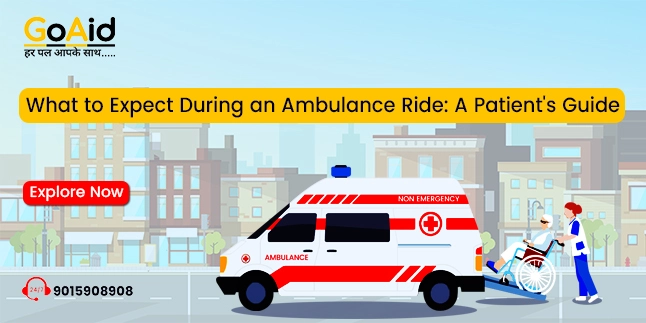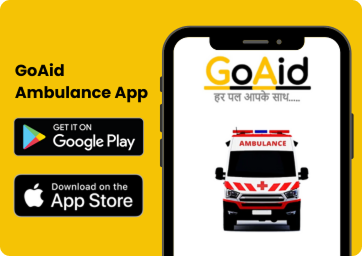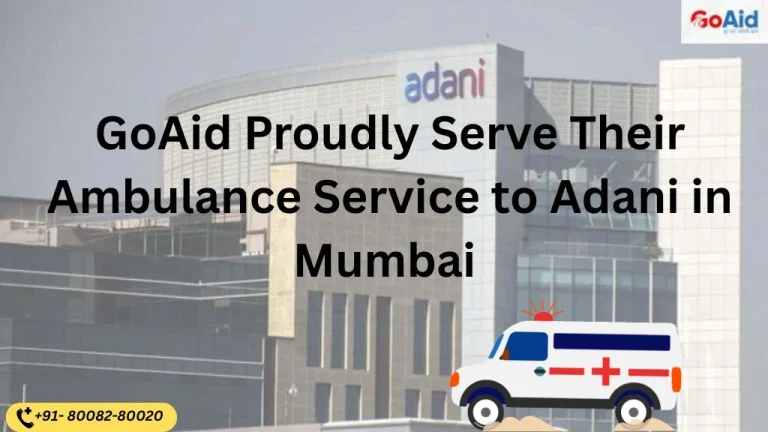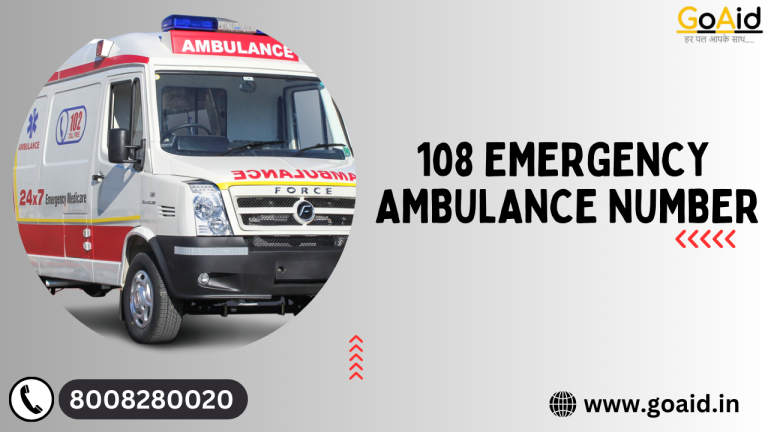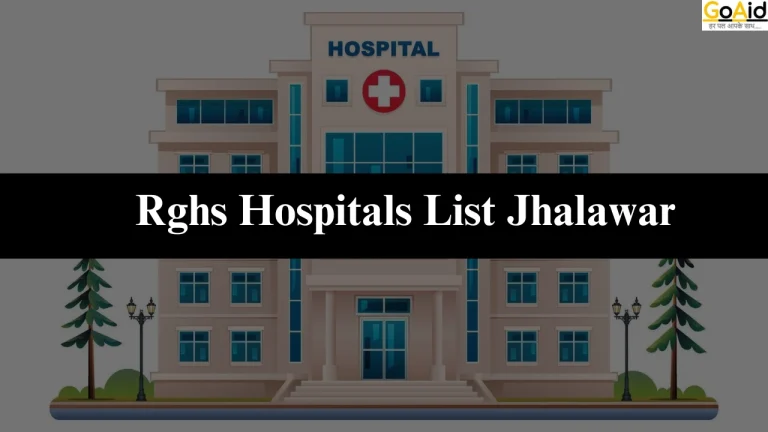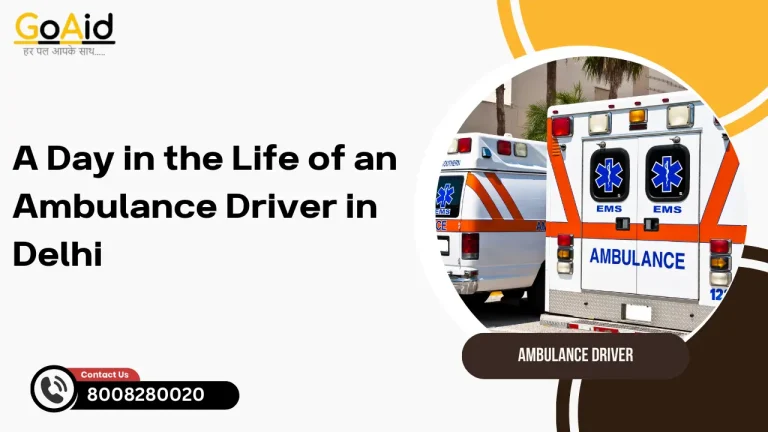Generally, people living in rural areas or some under-developed area in India, knows very less about ŌĆśWhat to Expect During an Ambulance RideŌĆÖ. There are few guidelines an standard, that needs to be followed by an ambulance service provider. These standards are made for local public to lavish people to make their emergency medical transportation period smooth and safe.
This is why, in this blog, we are going to provide you information about those expectations which you can expect during an ambulance ride. After reading this blog, youŌĆÖll be able to know what we can expect from an ambulance service during our medical emergency transportation.
So, letŌĆÖs start-
What to Expect During an Ambulance Ride: A Patient’s Guide
Government of India, have set a few guidelines and rules of standards which needs to be follow by each & every single ambulance service in India. These guidelines have been made for well-being of the citizens & their smooth and safety transportation to the hospital. We have listed some of the key expectations below, which you can expect from an ambulance ride:
Assessment and Treatment
Upon entering the ambulance, paramedics will assess your condition and begin any necessary treatment. These treatment may include as administering medications, providing oxygen, or starting an intravenous (IV) line. You can have this expectation with your ambulance ride.
Also Read: 10 Reasons to Choose GoAid Ambulance for your Medical Transport
Vital Signs Monitoring
Once Paramedics will start treating you, they will use the Vital Sign Monitoring devices for knowing your heart rate, blood pressure, and oxygen saturation and many more data. These will be noted to ensure your condition remains stable during transport.
Communication with Hospital
Paramedics will communicate with the receiving hospital. This step may occur to providing the doctors with important information about your condition and the care you are receiving. You can also have this expectation with your ambulance ride.
Assessment and Treatment
Paramedics will assess your condition promptly and begin any necessary treatment. These such Assessment and Treatment may include administering medications, providing oxygen, or starting an intravenous (IV) line. These steps will be taken for your stability and well-being. You can expect this step from your ambulance paramedics.
Also Read: Tips for Administering First Aid Before the Ambulance Arrives
Comfort and Safety
The ambulance is equipped to provide a safe and comfortable environment. This equipment may include a stretcher or chair for you to lie or sit on, and restraints to ensure your safety during transport.
Support and Reassurance
Paramedics are trained to provide emotional support and reassurance. They do this to the patients during transport. They will also keep you informed about what is happening and answer any questions you may have. You can also have this expectation with your ambulance ride.
Skilled Care
Paramedics are highly trained medical professionals who can provide advanced life support and critical care interventions as needed, ensuring you receive the highest level of care during transport. You can expect this during your ride.
Privacy and Confidentiality
Paramedics will maintain your privacy and confidentiality during & after the ride. TheyŌĆÖll do this to ensure that your personal and medical information is kept secure. You can also consider this step as your expectation.
Communication with Family
If possible, paramedics may facilitate communication between you and your family members. This can be done either by allowing a family member to accompany you in the ambulance or by providing updates via phone. You can also have this expectation with your ambulance ride.
Also Read: Ambulance Response in Rural vs. Urban Areas: Bridging the Gap
Preparation for Arrival
As you approach the hospital, paramedics will prepare you for arrival. TheyŌĆÖll do this by ensuring that all necessary paperwork and information is ready. They will handover all your details to the hospital staff. You can also have this expectation with your ambulance ride.
Smooth Handover to Hospital Staff
Once you arrive at the hospital, paramedics will provide a thorough handover to the hospital staff. By this step, they will ensure that they have all the information they need to continue your care seamlessly. You can made this expectation too.
Route Planning
The ambulance driver will use GPS and navigation systems to determine the most efficient route to the hospital. This route planning step will be taken into account traffic conditions and the urgency of your situation. You can also expect this from an genuine ambulance service.
In-Transit Communication
Paramedics may use radio or mobile communication systems to stay in contact with their dispatcher. They may connect with other emergency services personnel to coordinate resources and assistance as needed. You can also have this expectation with your ambulance ride.
Comfort Measures
Paramedics will make efforts to ensure your comfort during the ride. For this they can provide you the blankets, pillows, and other comfort measures as necessary. You can expect this during your ride to the hospital.
Also Read: Can Ambulances Break Traffic Rules?
Explanation of Procedures
Paramedics will explain any procedures or interventions they are performing. By this step, they will keep you informed about what to expect during the ride. Keeping you inform is crucial for getting you away from panic attacks.
Follow-Up and Continuity of Care
After you have been handed over to the hospital staff, paramedics may follow up with the hospital to ensure that your care is continuing smoothly and to address any outstanding concerns. You can also have this expectation with your ambulance ride.
Medical History Collection
Paramedics may ask you or your family members about your medical history. Your medical history may consists of your medications, allergies, and any other relevant information. They will collect it to ensure they provide the most appropriate care based on your specific needs.
Patient Advocacy
Paramedics act as advocates for their patients. By this step, they will ensure that their needs and preferences are communicated to the hospital staff. With this step, youŌĆÖll be able to receive appropriate and timely care. You can expect this step too.

